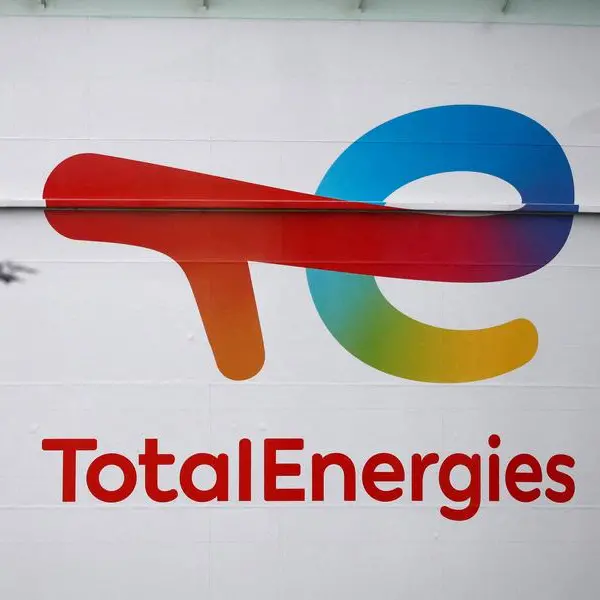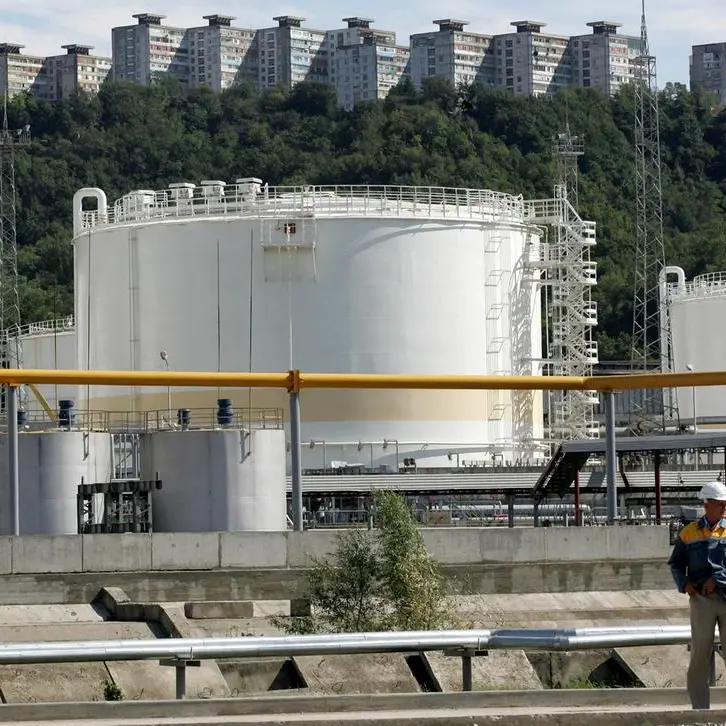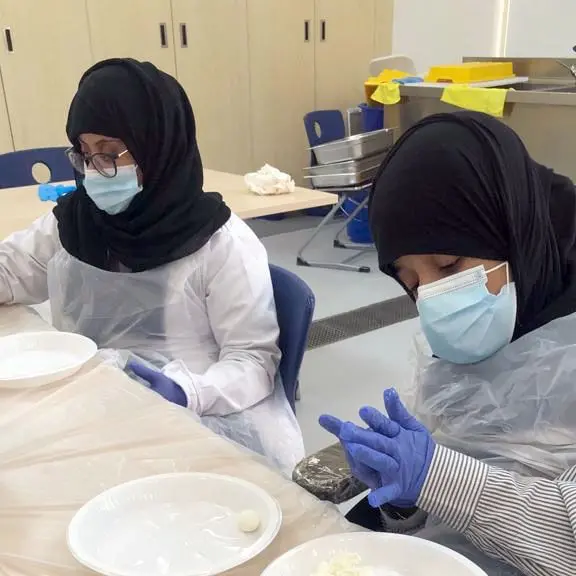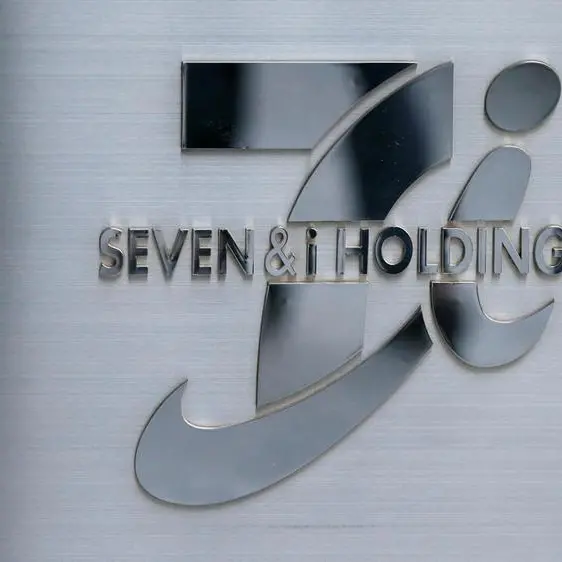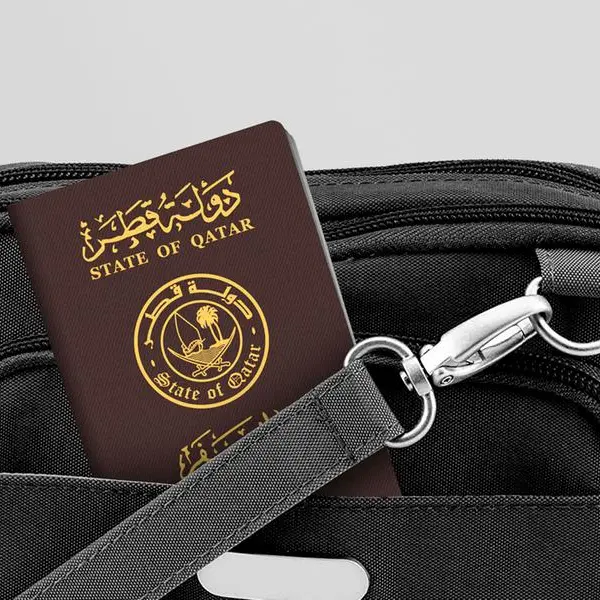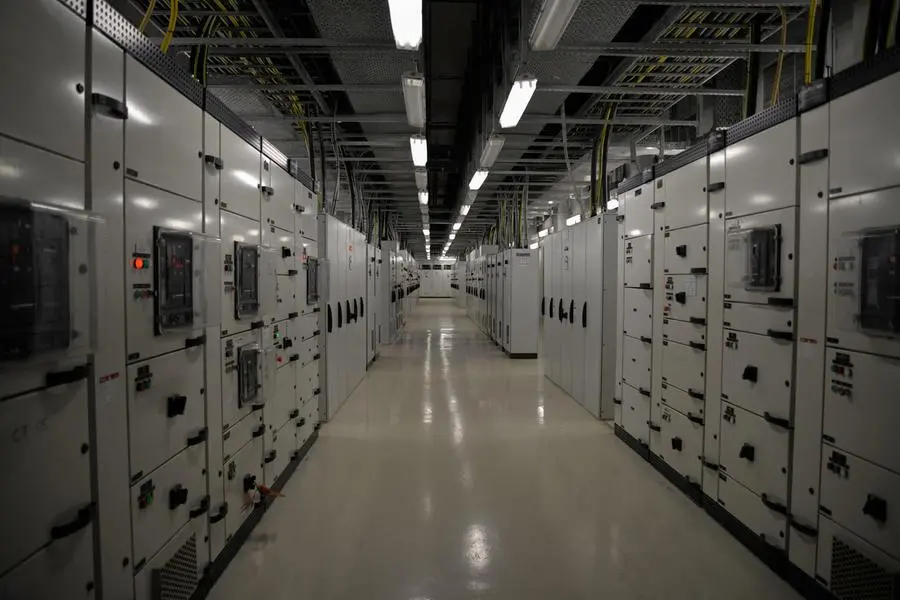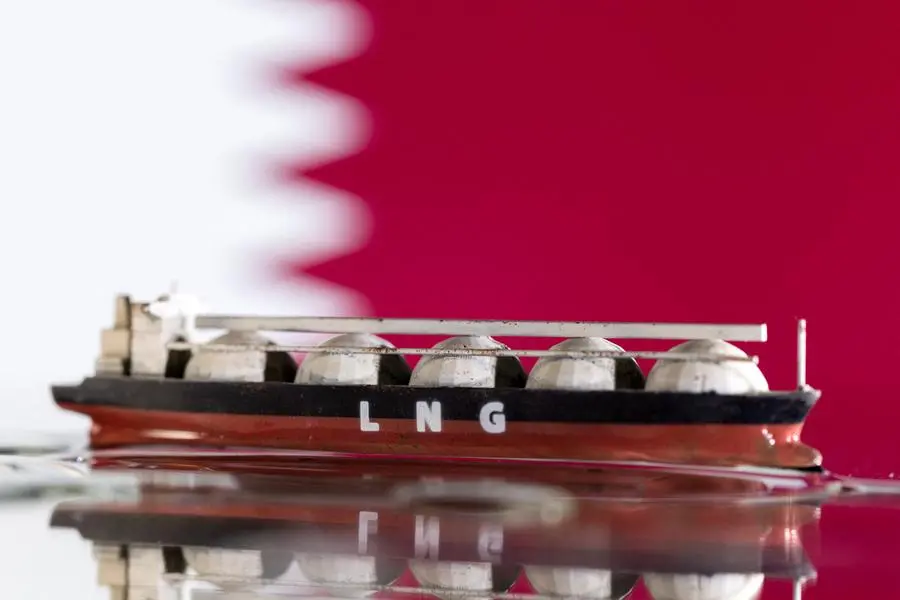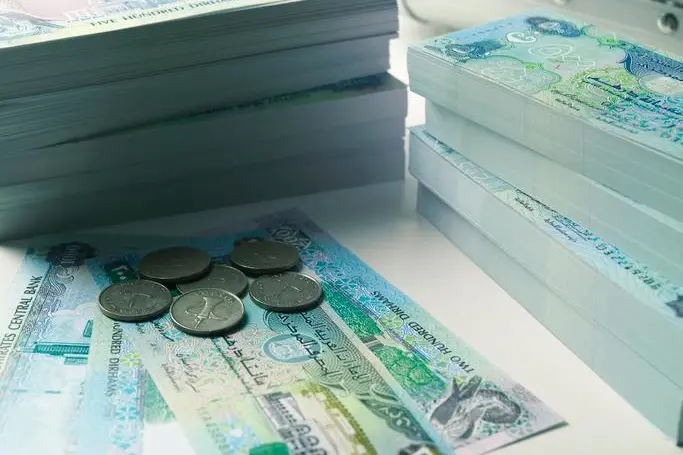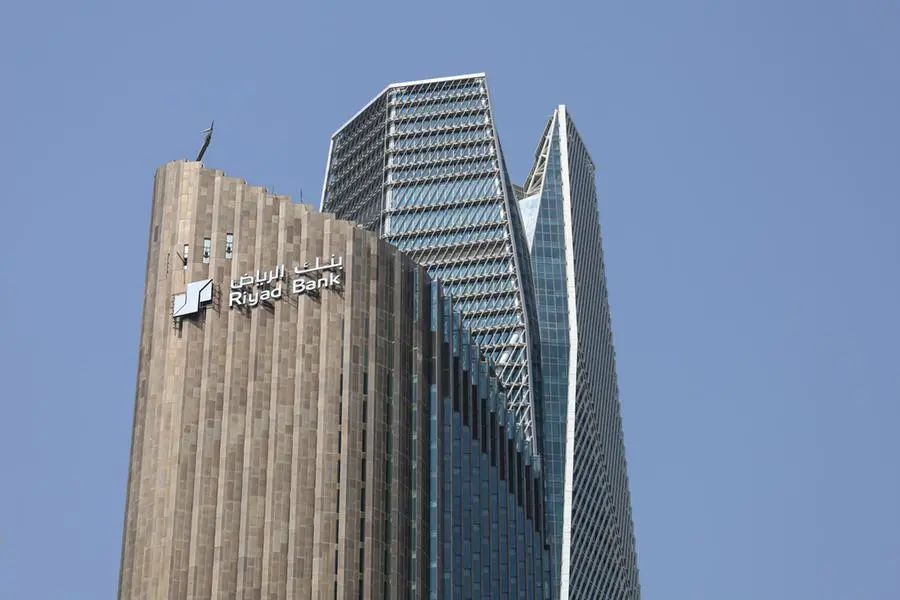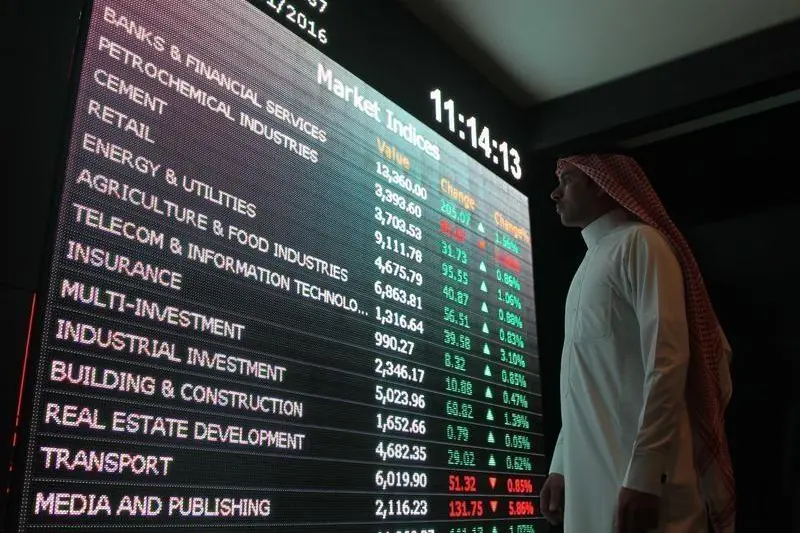Work continues on unique four multi-storeyed car parking facilities at one of Bahrain’s most prestigious heritage sites which will also serve as space to host concerts, prayers and markets.
The structures feature curved slabs that create a continuous transition from one level to the other; the four projects follow the same architectural concept, where slabs change from concave to convex, touching each other and creating a continuous spatial transition.
One of the structures connected to the Muharraq’s Pearling Path, located at the intersection of two main roads opposite Shaikh Isa Bin Ali House, known as the Palace of the Winds, is set to open in December this year, while the others will be open by June next year.
The structures that can together accommodate nearly 1,000 cars in a built-up area of around 45,000sqm have been designed by top Swiss architect Christian Kerez.
The pioneering prototype in the region caters to the visitors and local residents of Muharraq, a city with a pearling narrative which has the 3.5km pearling trail, one of the two Unesco cultural heritage sites.
The path inscribed as “Pearling, testimony of an island economy” by the Bahrain Authority for Culture and Antiquities (Baca) connects three oyster beds in the northern waters of Bahrain, a segment of the coast and the Bu Maher Fort in the seafront and 17 historical buildings.
Mr Kerez, in an exclusive interview with the GDN, said he wanted the projects to stand out from the routine space used to park cars. He wanted to design a public space featuring curved slabs changing from concave to convex, smoothly from one level to another, offering the user a three-dimensional experience.
“Unfortunately, most parking lots are very monotonous, acting as mere storage space for cars with exceptions like a ramp that is circular or elongated,” he said.
“I thought this could be something different, not just a monotonous space where you drive up and down, but an experience where everything is moving up and down. This is what led us to this sculptural yet conceptual expression.
“Instead of asking people to ‘be careful’ while parking their cars, we want to tell them to ‘enjoy the ride’.
“This will be a very unique car park and a basic idea which we hope will be a prototype to be copied by other countries.”
Of the remaining three structures, one located behind Al Hilal Hospital is a simple driveway while the other two are located near Al Alawi House; one of it has a geometry that mirrors simple shells and the other is a bit more complex and dramatic that can be converted into theatre, concert space or markets.
In this, the driving sequence begins with a sculptural tube-like extension of the lowest point of the slab, followed by an opening in the corner of the following floor, and this feel is repeated on the subsequent floors.
“Some people refer to it as the shape of a shell or an oyster,” said Mr Kerez.
“It will be something you haven’t seen before but which you will apply different meanings to. We hope there will be other interpretations as well.”
Mr Kerez acknowledged the support of Baca chief executive Shaikha Mai bint Mohammed Al Khalifa, deputy commissioner Noura Al Sayeh and restoration engineering services chief Mustafa Alsulaiman.
“I have come here at least 10 times and I enjoy it every time. Bahrain to me was a discovery and after my first visit I wondered as to why I hadn’t heard about it while at school.
“The rich history, the amazing burial mounds, the Dilmun culture – it is quite a discovery.”
Mr Kerez is also designing Bahrain’s pavilion at the Expo 2020 Dubai scheduled to be held from October 1 this year to March 31 next year.
He described the structure featuring 126 steel columns, each 24m tall and 11cm wide on the theme ‘Density Weaves Opportunities’, as an “architectural oasis”.
raji@gdn.com.bh
© Copyright 2020 www.gdnonline.com
(Image: gdnimages/20210907\20210907230738NewProject-2021-09-07T230559.850.jpg)
WORK continues on unique four multi-storeyed car parking facilities at one of Bahrain’s most prestigious heritage sites which will also serve as space to host concerts, prayers and markets.
The structures feature curved slabs that create a continuous transition from one level to the other; the four projects follow the same architectural concept, where slabs change from concave to convex, touching each other and creating a continuous spatial transition.
One of the structures connected to the Muharraq’s Pearling Path, located at the intersection of two main roads opposite Shaikh Isa Bin Ali House, known as the Palace of the Winds, is set to open in December this year, while the others will be open by June next year.
The structures that can together accommodate nearly 1,000 cars in a built-up area of around 45,000sqm have been designed by top Swiss architect Christian Kerez.
The pioneering prototype in the region caters to the visitors and local residents of Muharraq, a city with a pearling narrative which has the 3.5km pearling trail, one of the two Unesco cultural heritage sites.
The path inscribed as “Pearling, testimony of an island economy” by the Bahrain Authority for Culture and Antiquities (Baca) connects three oyster beds in the northern waters of Bahrain, a segment of the coast and the Bu Maher Fort in the seafront and 17 historical buildings.
Mr Kerez, in an exclusive interview with the GDN, said he wanted the projects to stand out from the routine space used to park cars. He wanted to design a public space featuring curved slabs changing from concave to convex, smoothly from one level to another, offering the user a three-dimensional experience.
“Unfortunately, most parking lots are very monotonous, acting as mere storage space for cars with exceptions like a ramp that is circular or elongated,” he said.
“I thought this could be something different, not just a monotonous space where you drive up and down, but an experience where everything is moving up and down. This is what led us to this sculptural yet conceptual expression.
“Instead of asking people to ‘be careful’ while parking their cars, we want to tell them to ‘enjoy the ride’.
“This will be a very unique car park and a basic idea which we hope will be a prototype to be copied by other countries.”
Of the remaining three structures, one located behind Al Hilal Hospital is a simple driveway while the other two are located near Al Alawi House; one of it has a geometry that mirrors simple shells and the other is a bit more complex and dramatic that can be converted into theatre, concert space or markets.
In this, the driving sequence begins with a sculptural tube-like extension of the lowest point of the slab, followed by an opening in the corner of the following floor, and this feel is repeated on the subsequent floors.
“Some people refer to it as the shape of a shell or an oyster,” said Mr Kerez.
“It will be something you haven’t seen before but which you will apply different meanings to. We hope there will be other interpretations as well.”
Mr Kerez acknowledged the support of Baca chief executive Shaikha Mai bint Mohammed Al Khalifa, deputy commissioner Noura Al Sayeh and restoration engineering services chief Mustafa Alsulaiman.
“I have come here at least 10 times and I enjoy it every time. Bahrain to me was a discovery and after my first visit I wondered as to why I hadn’t heard about it while at school.
“The rich history, the amazing burial mounds, the Dilmun culture – it is quite a discovery.”
Mr Kerez is also designing Bahrain’s pavilion at the Expo 2020 Dubai scheduled to be held from October 1 this year to March 31 next year.
He described the structure featuring 126 steel columns, each 24m tall and 11cm wide on the theme ‘Density Weaves Opportunities’, as an “architectural oasis”.
raji@gdn.com.bh
© Copyright 2020 www.gdnonline.com
Copyright 2021 Al Hilal Publishing and Marketing Group Provided by SyndiGate Media Inc. (Syndigate.info).
